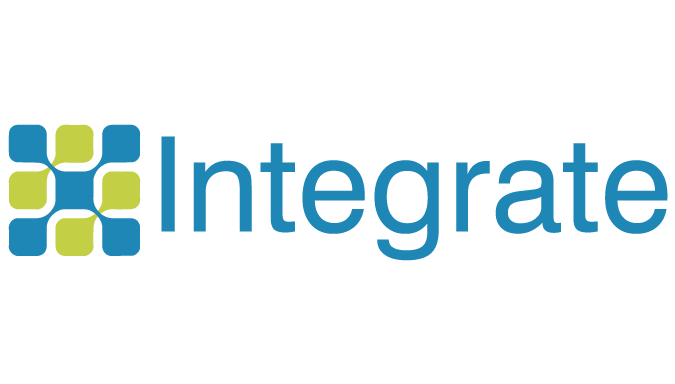Tools
Through the concerted effort of the partners representing the countries participating in the Health Programme, and co-funded by the European Commission, the INTEGRATE Joint Action aims to employ evidence-based measures to ensure timely diagnosis and linkage to care, hereby contributing to the reduction of new HIV, viral hepatitis, TB and STI infections. Hence, this action adds to the global strategic plans to eliminate HIV and hepatitis B and C, reduce late diagnosis as well as co-infection among key target populations in the EU/EEA by 2030 as specified by the EU, UNAIDS, UNODC and WHO.
Over the years, a great number of tools and materials focusing on the early diagnosis and linkage to care for one or more of the above four diseases have been developed and implemented. Despite the wide use of these guides and their input in shaping policy and strategies in Europe, challenges remain. The optimal testing coverage has not been met in many countries, while several of them lack the infrastructure to conduct nationwide monitoring and surveillance of testing and linkage to care. Integrate intends to focus on those member states where gaps exist and where interventions have proven to be ineffective and evidence based or have been conducted in an insufficient manner, thus having a minor impact on the country’s health outcomes. Furthermore, given the added risk for vulnerable populations, interventions need to be specifically designed to accommodate the specific needs of those at-risk groups. Integrate aims to better prepare EU member states when developing national strategies to improve health services focusing on HIV, viral hepatitis, TB and STIs.
The mapping of current tools in the four disease areas is an essential part of the INTEGRATE project and previous successful project experiences and outcomes will be exploited. Subsequently, additional/future needs and a prioritization of the relevant as well as the obsolete features of these tools in the future will be reviewed and an assessment of whether the tools can be adapted and innovated for other disease areas will be conducted. Finally, a decision-making process will focus on which tools should be piloted in a selected number of countries for wider implementation. In addition, innovative strategies that have been identified, several shortcomings but also political or structural barriers are themes that will be specific focus areas of the INTEGRATE project.
INTEGRATE offers a platform though which the best practices can be disseminated, facilitates the discussions on innovations, findings and advancements in HIV, viral hepatitis, TB and STIs and a common European effort, creating synergies with external stakeholders, can be achieved.
